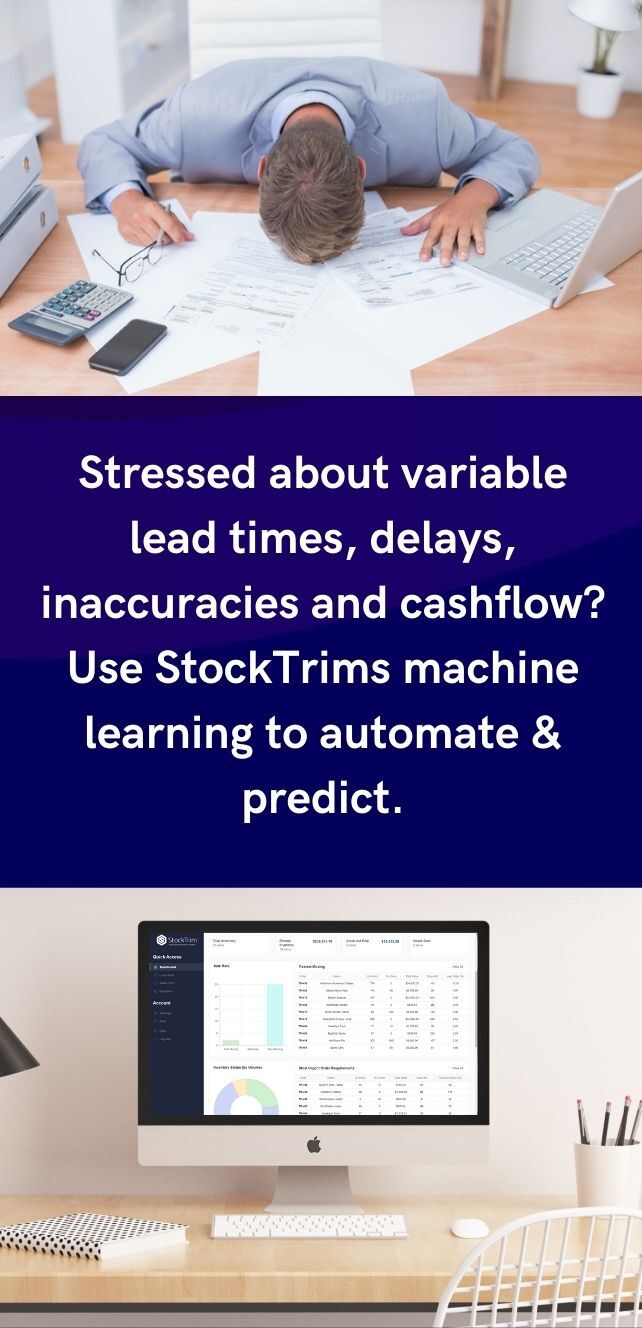Stock-outs are a pervasive and significant inventory control issue facing businesses and, by proxy, consumers. A stock-out happens when the number of orders for a product exceeds the amount of inventory that is stored. This situation can arise due to a number of factors, including:
- The demand for a product is not well anticipated or factored into forecasts therefore the regular (as well as buffer stock, if held) is insufficient to fulfill the order.
- Delays or stoppages in the production of items to be supplied. This is particularly relevant in the current Covid 19 environment with severely disrupted supply chains
- Poor cash flow management resulting in insufficient funds for procurement.
- Incomplete or flawed inventory records due to lost or stolen items, product returns, impaired stock and inconsistencies in shipments. Also poor data entry or incorrect collation can affect information.
- Insufficient or sporadic staff training with regard to tracking and replacing stocks.
- Poor implementation of suitable processes for stocking and replenishment.
What are Stock-Out Costs?
Stock-out costs are related to costs that occur due to the depletion of stored inventory, which can have negative impacts on a company’s profits. The manifestation of stock-out costs is a result of both internal and external losses.
Internal Costs
Stock-Out internal costs arise due to factors such as the purchase of inventory on short notice resulting in increased expenses related to fast delivery and expedited production. Disruption to production schedules that then delay the manufacture of other items plus wastage of labour output also contribute to internal stock-out costs.
External Costs
Stock-out external costs are those that are as a result of the customer. In the scenario that a customer wants to place an order but a business has inadequate or no stock, they may take their business elsewhere, resulting in a loss of that sale. If the customer decides not to return, there will be negative pressure on profit and possible longer term damage to the reputation of the company as a reliable supplier.
How to Avoid Stock-Out Costs
The implementation of a smart cloud based demand and inventory planning software can eliminate inaccuracies in data that would typically be manually deciphered and acted on. Many small to medium size businesses still download CSV files from their Inventory Management System to apply linear formulas to assist purchasing decisions. Relying on this, combined with some guesswork, is not ideal and creates a myriad of inventory control issues including overstocking and under stocking.
In addition to this Inventory forecasting software, the root causes leading to stock-out costs must be investigated. Inventory control software will automate, highlight and remove human error, but it won’t fix the root cause of issues. Reliable software can forecast demand and sales trends, giving a clear indication of when products should be restocked. With tools now available in SaaS software such as StockTrim, product dashboards are created that will alert of potential under stocking situations, and alert the user. Not only this, the software will suggest replenishment plans based on actual lead times (as recorded by the system) and factor in multiple locations or Bill of Materials requirements.
Maintaining proper communication with your suppliers ensures that everyone understands the required deadlines. Should supplier lead times be suddenly affected (eg a port strike or weather event) these can be easily adjusted in real time.
A company must have sufficient cash flow to purchase inventory before running out. If working capital is tied up in slob stock then the opposite issue of overstocking arises. It is therefore very important for any SME to invest in a smart but affordable tool to optimise their inventory.



